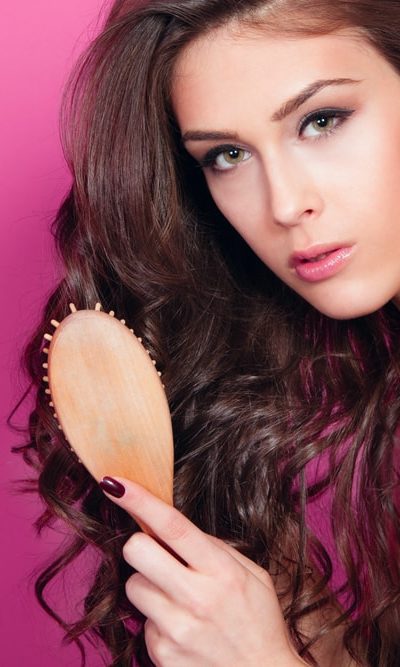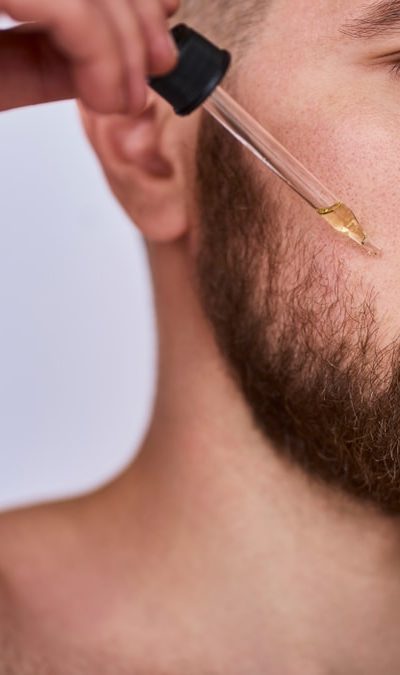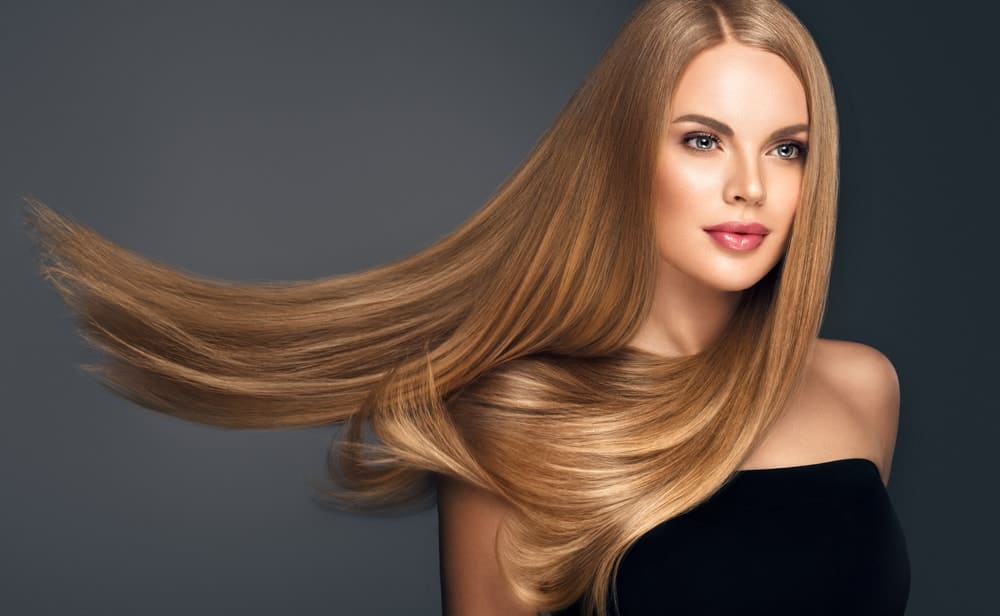
Japanese hair straightening is a semi-permanent method of straightening hair. It tends to last about 6 months on average. This hair straightening treatment is used to achieve that “perfectly straight” look. This means it is meant to straighten each strand of hair and leave you with a head of hair that has no creases from the roots to the tip!
The method got its name because it was created in Japan during the 1990s. It became quite popular in Japan, and subsequently around the world.
Japanese permanent hair straightening is actually quite a complex process that relies on chemicals to alter the hair’s natural flow and cause it to grow straight. Basically, a hair treatment solution called glycolic-acid derivative is added to the hair. This solution will actually break down the hair’s natural bonds and cause it to become straight. Then, the hair is rinsed and blow-dried, and flat iron is applied to the hair to straighten it out completely. A neutralizer is then added to the hair which helps to keep the permanent straightening intact.
Of course, this is a rather complicated process, and breaking down the actual science involved would take much longer than a short Internet article. But that’s okay because if you are simply looking to get your hair straightener, you are probably only concerned with how you can get a Japanese hair straightening. So next up, we are going to take you through the process from beginning to end in a practical sense, so that you can know what to expect.
The Process
So, you know what a Japanese hair straightening is, you’ve seen the results, and you’re interested in getting one yourself. At this point, you’re probably wondering what you can expect and if you’ll truly achieve pin-straight hair.
Before you go forward, keep in mind that this is no minor procedure (at least when it comes to hairstyling). The whole thing takes roughly 4 hours and can take even longer than that depending on your hair type. With that in mind, let’s take a look at the steps involved with this straightening procedure:
Step 1: Consultation with a Stylist
First thing’s first, not every hair texture and type can benefit from Japanese hair straightening. Simply put, all hair is different, and behaves in different ways. There is no one-size-fits-all solution to hair straightening, and as a result, there are certain types of hair that will not benefit from this treatment.
This is why the first step is to consult with a stylist who can tell you whether you are lucky enough to benefit from a Japanese hair straightening.
Your hairstylist will brief you on the process, as well as give you details on how much it will cost and how long they expect it to take. If you are a candidate, you can decide to get started or schedule an appointment, depending on availability.
Step 2: Glycolic-Acid Derivative Solution
If you are a candidate for the process, and you decide to go through with it, then the process will begin with a shampoo and a hair drier.
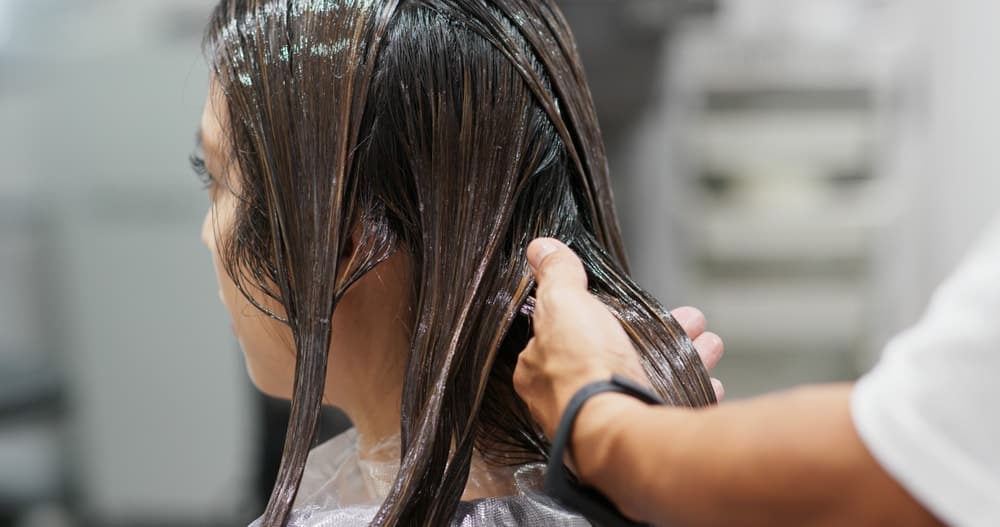
Next, the glycolic-acid derivative solution will be applied to your hair. This solution will help to break down your hair’s natural bond and make it so that it falls straight.
Step 3: Blow-Dry and Iron
Next, the hair will be rinsed, and a heat protector will be added. Your hair will be ironed to straighten it out, but the ironing will be performed very precisely at a fixed temperature.
Step 4: Neutralizing Solution and Final Touches
Next up, a neutralizing solution is added to your hair. This works to stabilize the new balance that is present in your hair and works to keep it straight going forward. The process is all about changing the balance of the chemicals in your hair, and this neutralizing solution helps to lock that balance in place.
For a final step, conditioner and heat protectant is used, followed by a blow-dry. Your hair is now dry, clean, and straightened.
As you can see, the process is quite extensive, and the stylist will vary each detail based on the specifics of your hair type and length if you are even a candidate at all. Be prepared for a rather extensive process.
Pros, Cons, and Cost of a Japanese Hair Straightening

Like anything in life, there are upsides and downsides to a Japanese hair straightening. In this section, we tell you everything that you need to consider in making your decision, and that means the good and the bad.
Cost?
First, we’re covering what is perhaps your top concern, and that is the issue of cost. Let’s just get right to the point, a Japanese hair straightening is expensive. It is a very involved procedure, and these don’t come cheap.
The cost will vary based on the stylist that you go to and their experience level, but you can usually expect to pay at least $300-500, with procedures reaching well up to $1000.
This price typically depends on the stylist, their experience level, and the level of work required based on your hair type.
Benefits
To make an informed decision, it helps to look at the pros and cons. First, let’s cover the typical benefits of this procedure:
Long-Lasting
This should be self-evident at this point, but it is perhaps the top benefit of this procedure. Japanese hair straightening procedures tend to last for about six months! That’s a long time to go without worrying about straightening your hair.
Easy Maintenance
There’s basically no denying that straight hair is easier to maintain than curly hair. After this procedure, your hair is perfectly straight. Much less time spent brushing, washing, and maintaining a difficult texture like frizzy hair, and more time spent looking your best!
Repeatable
Once the effectiveness starts to wear off, you can simply get the procedure done again. Many women will simply redo a Japanese hair straightening once they are finished! This gives you perfect, straight hair always, although it will be quite expensive.
What to Watch Out For
As with anything, it’s not always a cakewalk. There are certainly some considerations that accompany this procedure. We want to make this guide as honest as possible, so here are all the potential downsides that you want to think about when deciding to have this procedure:
Certain Hair Styles Are Better Suited for It
As mentioned throughout this article, not every hairstyle can benefit from a Japanese Hair Straightening. Mostly, the factors that determine whether you are right for this procedure are based on hair health.
Factors such as dry hair, recently colored hair, and highlights can all affect the composition of your hair, and make it less reactive to the procedure. The science goes beyond this article, but this is why a consultation with a stylist is necessary.
Additionally, this procedure is usually better suited to those with looser curls or a wavier head of hair, rather than tight curls. It is possible with tight curls, although the process will be more extensive, and typically more expensive. Additionally, as the hair regrows, the difference will be more noticeable, as a Japanese hair straightening is only effective to the hair that is straightened during the procedure.
Will It Damage My Hair?
Another major consideration that many people will have is the potential for hair damage from this procedure. The process is so extensive, and chemically changes the composition of your hair, so there is some weight to these worries.

Although we wish that these worries were completely unfounded, the fact is that there have been stories and examples of hair which has been damaged from a Japanese Hair straightening.
Tips for Care
To round out this article, we’re going to cover how to properly care for your hair after having a Japanese hair straightening. These are some general tips for aftercare. Of course, everyone’s hair is different, so these tips won’t always be relevant to your individual situation. However, these are good to keep in mind after you have your hair straightener.
Firstly, note that even after you are done at the salon, the chemicals still need time to complete their work on your hair. The chemicals will do their work for roughly 2 to 3 days after the procedure, so keep hair dry and straight during this time.
This means no moisture of any kind. You need to keep it very dry so that the moisture doesn’t interfere with the neutralizing process. Additionally, you need to keep it relaxed and straight. This means no tension, no hats or ponytails, or anything that would otherwise alter your natural hair.
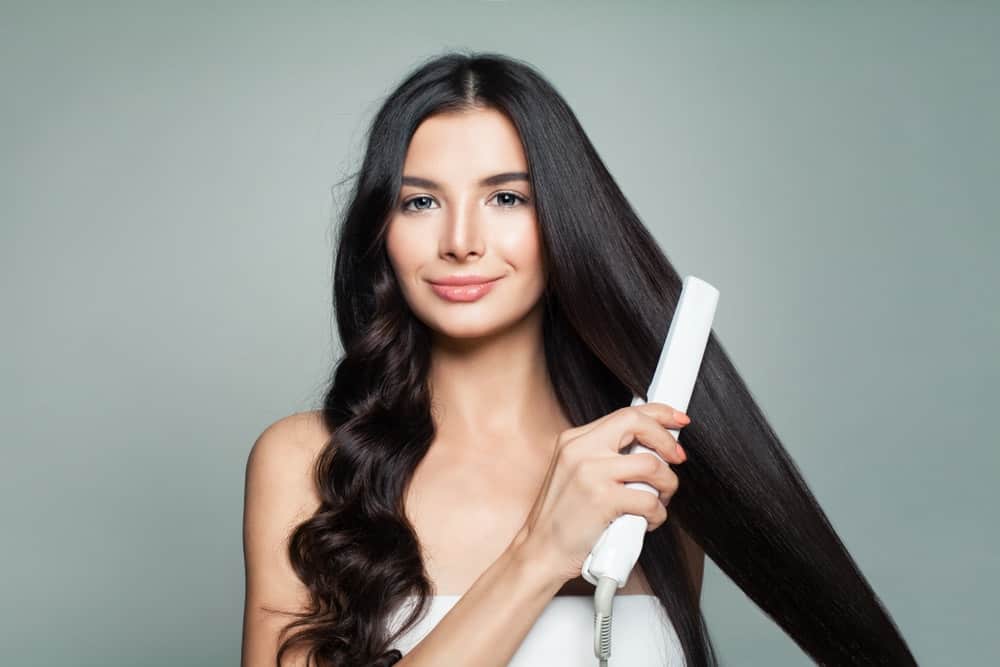
This is all a bit complicated, and your stylist will surely brief you on this process when you have the procedure done.
As for hair products, you need to choose shampoo and conditioners that do not contain chemicals that would interfere with the straightening process. Ask your stylist for the best ones available.
Finally, as for coloring Japanese straightened hair, this is a task best left to a professional. Once again, it is vital to not introduce anything that would upset the new balance of your hair chemicals. Thus, if you intend on coloring your hair, do so with the guidance of a professional.


